Petraio Prime
TPF Noob!
- Joined
- May 28, 2010
- Messages
- 1,217
- Reaction score
- 0
- Location
- Ohio
- Can others edit my Photos
- Photos NOT OK to edit
Not limiting to f/1.2 so who the **** cares? I mean seriously Petraio Prime you have serious issues with not understanding the simple concepts being discussed in the thread.
Nikon's F mount has limitations, Canon's EF mount has the same limitations: I can't park my car inside the mount because it's not big enough. That in itself has nothing to do with the current lack of f/1.2 lenses (you know that topic of the thread we are discussing), and any claim to the counter are completely invalidated by the actual existence of f/1.2 lenses.
The size of the rear element is limited by the lens mount. Think! A fast lens is not large only at the front! Canon's mount is larger in diameter! Thus, they don't have the 'same limitations'.
:gah:
Last edited:






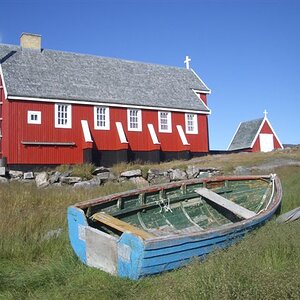
![[No title]](/data/xfmg/thumbnail/32/32635-be18e952e67667cbb1525b4b057b6423.jpg?1619735554)
![[No title]](/data/xfmg/thumbnail/32/32633-d833b07b761b12c973eb0d27505935d4.jpg?1619735553)
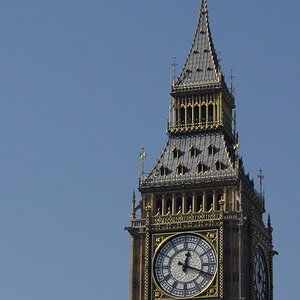
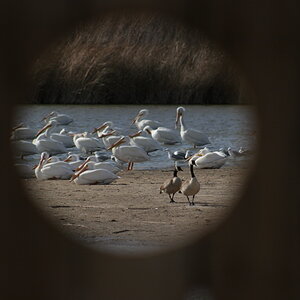
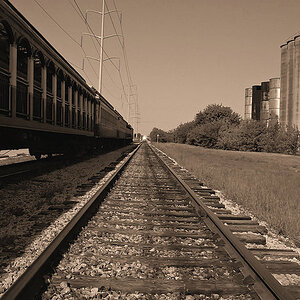


![[No title]](/data/xfmg/thumbnail/38/38725-bdf734721ecaad862bb3e3a856c81df5.jpg?1619738702)
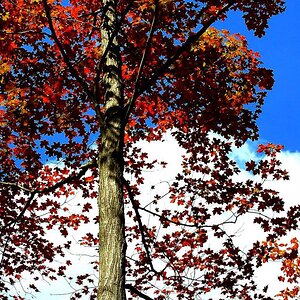
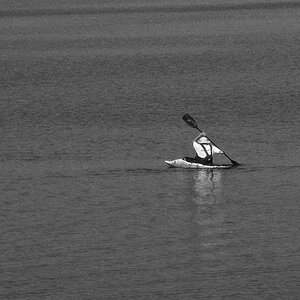
![[No title]](/data/xfmg/thumbnail/37/37127-bf1c0cde30f216dbd2804a0e700d6433.jpg?1619737884)